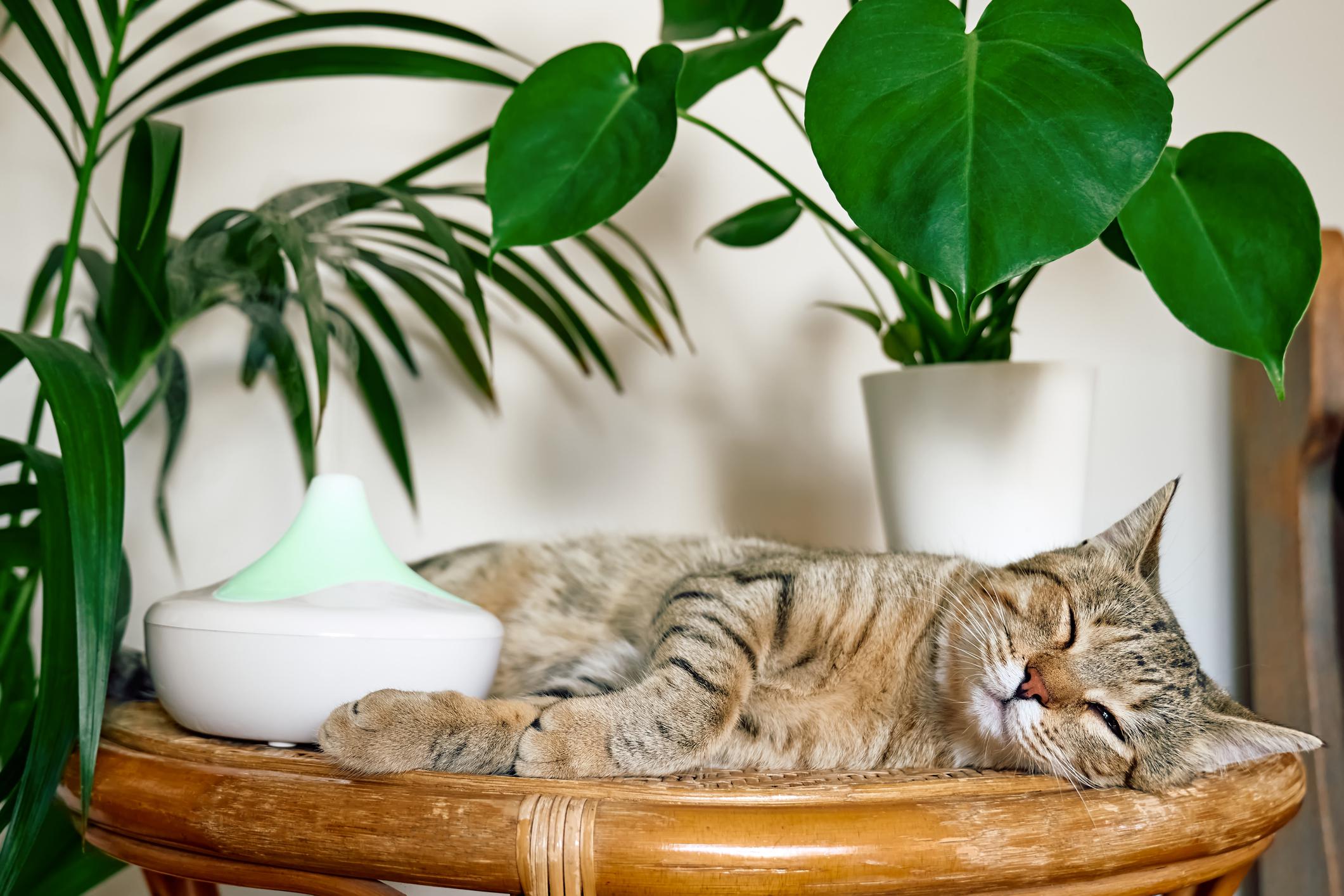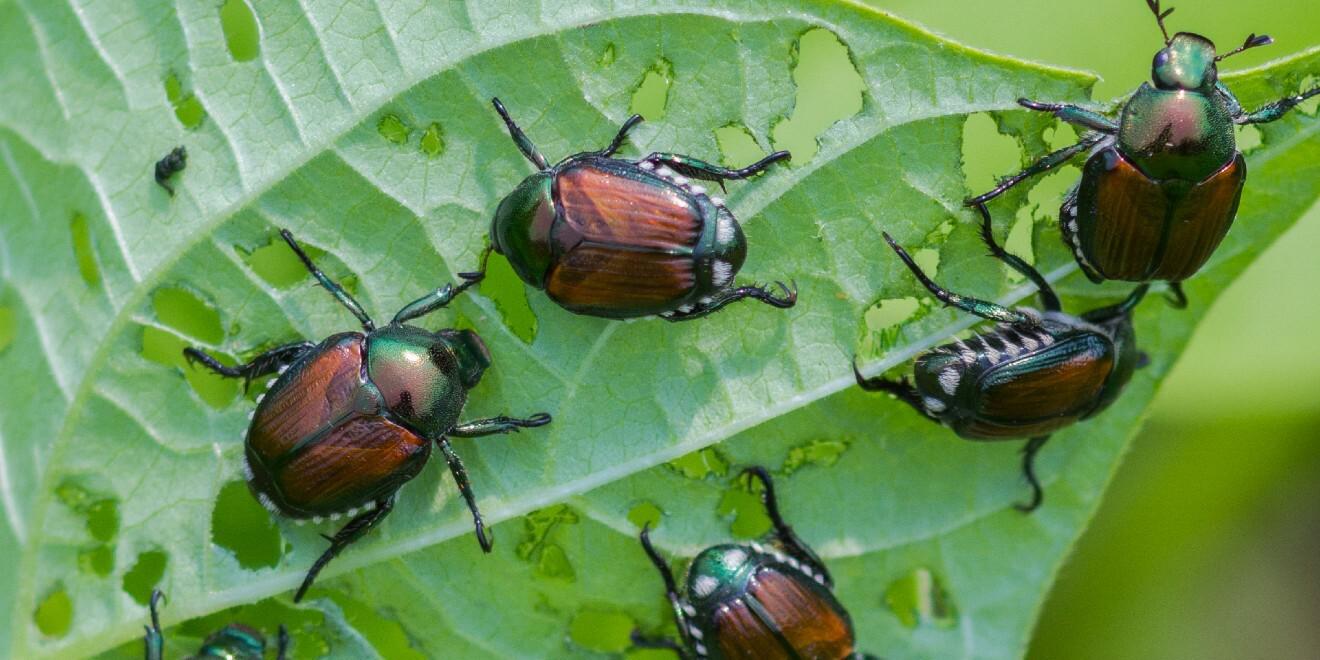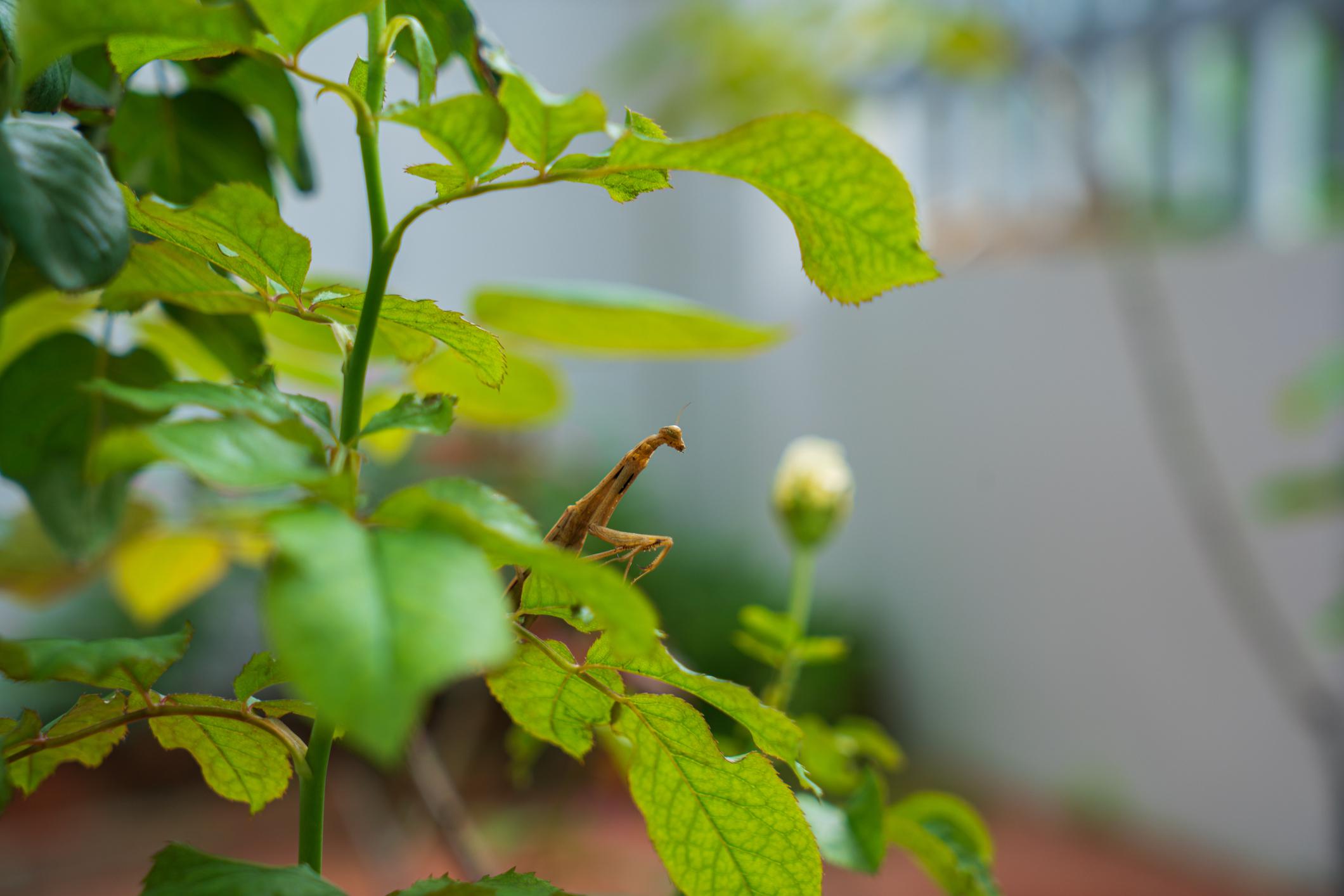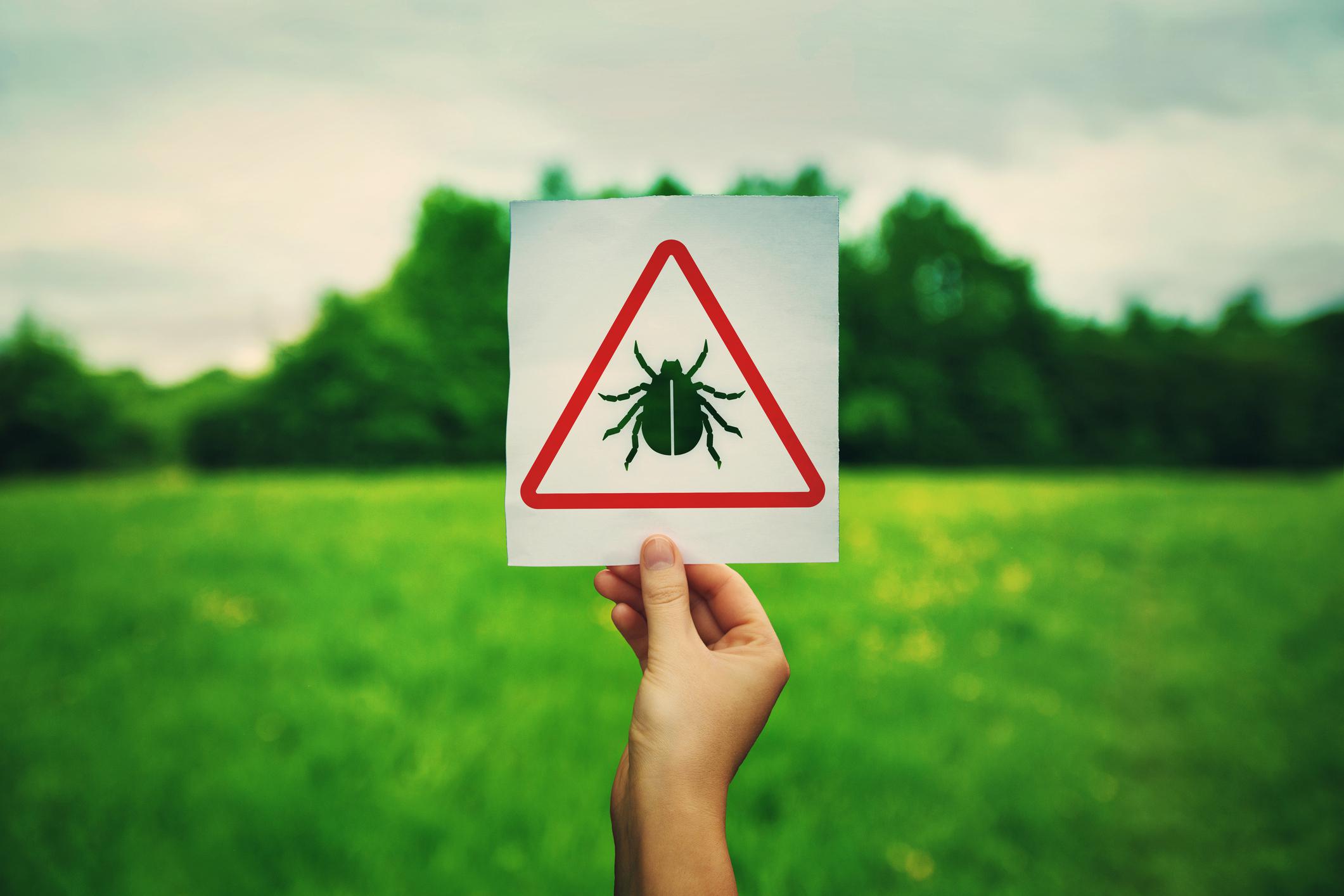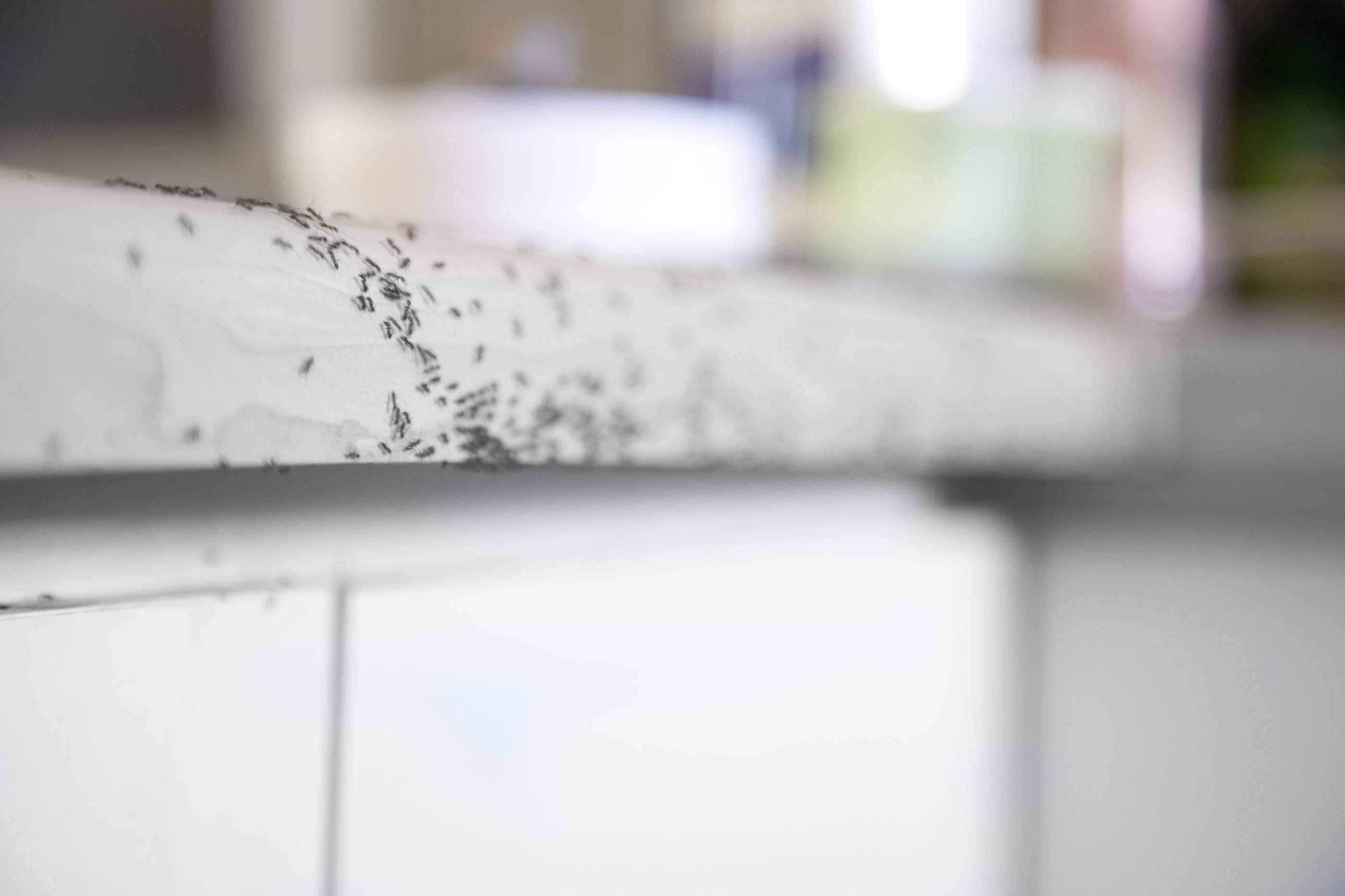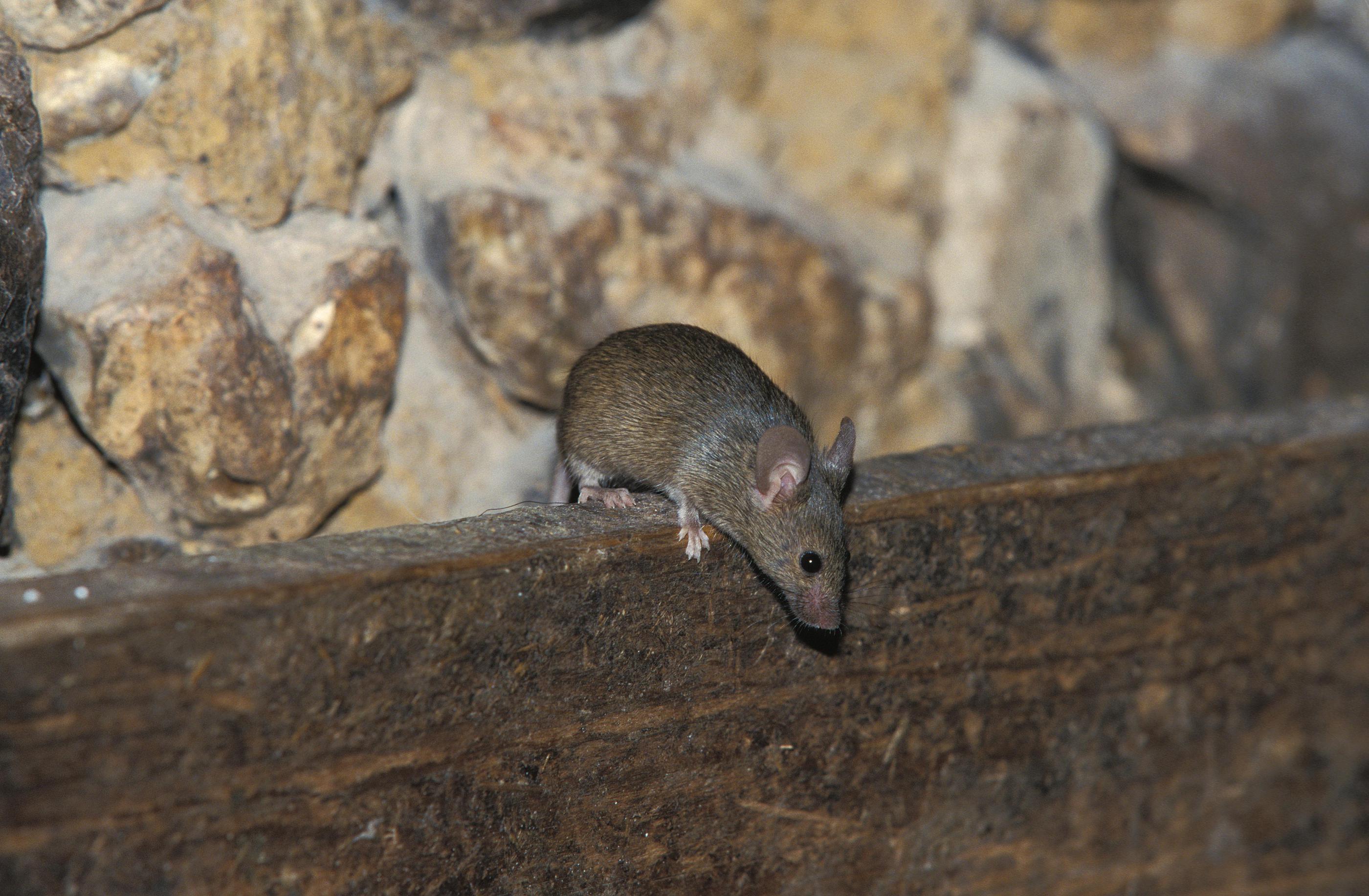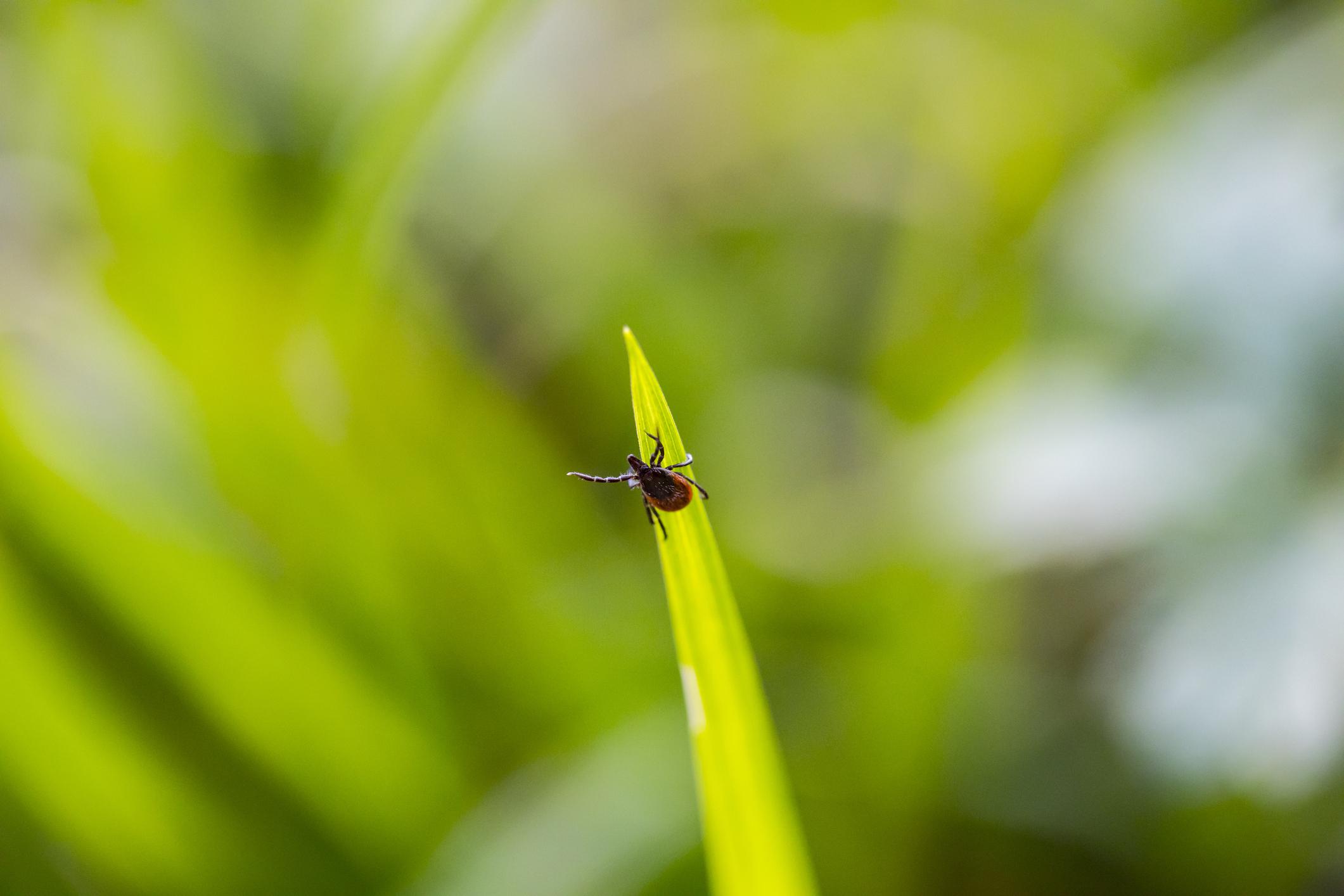What is the difference between a Mosquito and a Midge?
Posted by Mosquito Squad
December 20, 2023

Midges and mosquitoes are often mistaken for each other due to commonalities. Midges are small, flying insects that tend to emerge in coastal areas. They have only one pair of wings and look similarly to mosquitoes. Not all species bite, but females of some species need blood in order to reproduce. While mosquitoes have a long needle-like mouthpart, midges do not. Midges travel a lot slower than mosquitoes and also form swarms. Another visible difference between the two is their wing’s appearance. Midges do have shorter wings that look like panes of glass while mosquitoes’ wings have scales on the edges.
Biting Midge
 Biting midge larvae develop in semi-aquatic or aquatic habitats, such as ponds, marshes, tree holes and saturated rotted wood. Females lay their eggs in places like damp soil and decaying leaf matter. There are 4 different life cycles: egg, larva, pupa, and adult. These stages can take 2-6 weeks to occur in warm weather. Females typically require a blood meal to develop eggs, to which they use their cutting blade mouthparts to feed. Biting midges are attracted to bodily odors as well as certain perfumes, and deodorants. Their most active time is during dawn or dusk, and also during overcast weather conditions. The bites can be painful and itchy, but it is important to not scratch to prevent infection.
Biting midge larvae develop in semi-aquatic or aquatic habitats, such as ponds, marshes, tree holes and saturated rotted wood. Females lay their eggs in places like damp soil and decaying leaf matter. There are 4 different life cycles: egg, larva, pupa, and adult. These stages can take 2-6 weeks to occur in warm weather. Females typically require a blood meal to develop eggs, to which they use their cutting blade mouthparts to feed. Biting midges are attracted to bodily odors as well as certain perfumes, and deodorants. Their most active time is during dawn or dusk, and also during overcast weather conditions. The bites can be painful and itchy, but it is important to not scratch to prevent infection.
Non-Biting Midge
 Like the Biting Midge, the Non-Biting Midge also has 4 life cycles. During the summer, the entire life cycle can be completed in 2 to 3 weeks. Females typically lay eggs on the surface of the water. Their breeding sites are aquatic habitats such as lakes, ponds and slow-moving shallow rivers. Adults are weak fliers, and tend to congregate on walls of homes, and carport areas. Some swarms may be so dense that they can stain walls, and other surfaces where they rest. Since Non-Biting Midges are highly attracted to light, it is expected to see an accumulation of them near window screens and by porch and street lights.
Like the Biting Midge, the Non-Biting Midge also has 4 life cycles. During the summer, the entire life cycle can be completed in 2 to 3 weeks. Females typically lay eggs on the surface of the water. Their breeding sites are aquatic habitats such as lakes, ponds and slow-moving shallow rivers. Adults are weak fliers, and tend to congregate on walls of homes, and carport areas. Some swarms may be so dense that they can stain walls, and other surfaces where they rest. Since Non-Biting Midges are highly attracted to light, it is expected to see an accumulation of them near window screens and by porch and street lights.
What can I do to prevent Midges?
- Be sure to limit exterior night-time lighting, and close window shades to limit light shining through windows.
- Remove any standing water on your property
- Application of Insecticides - Mosquito Squad has products to combat Midges. If you find yourself needing midge control, give the Mosquito Squad of Outer Banks a call and let us help you out!

